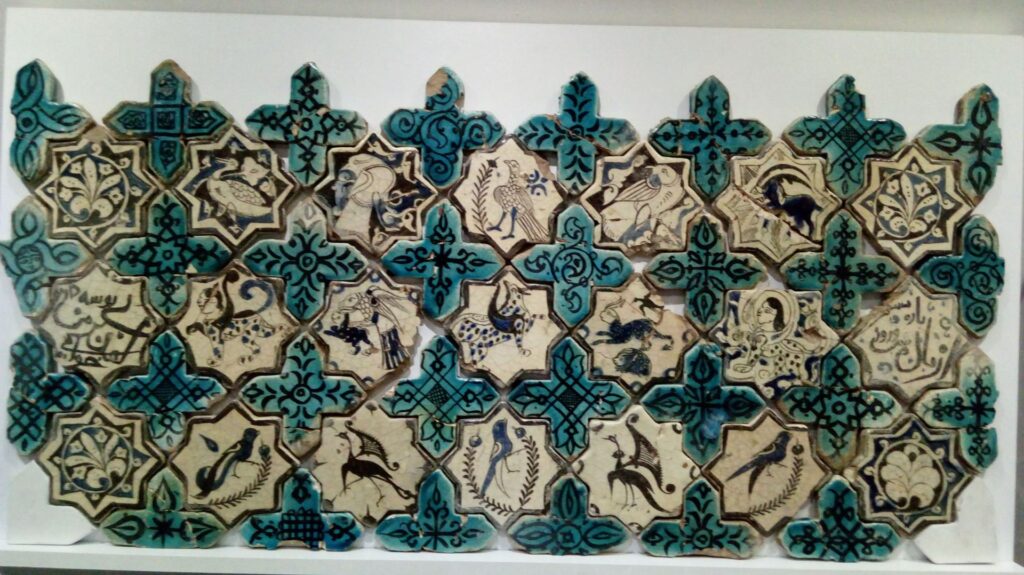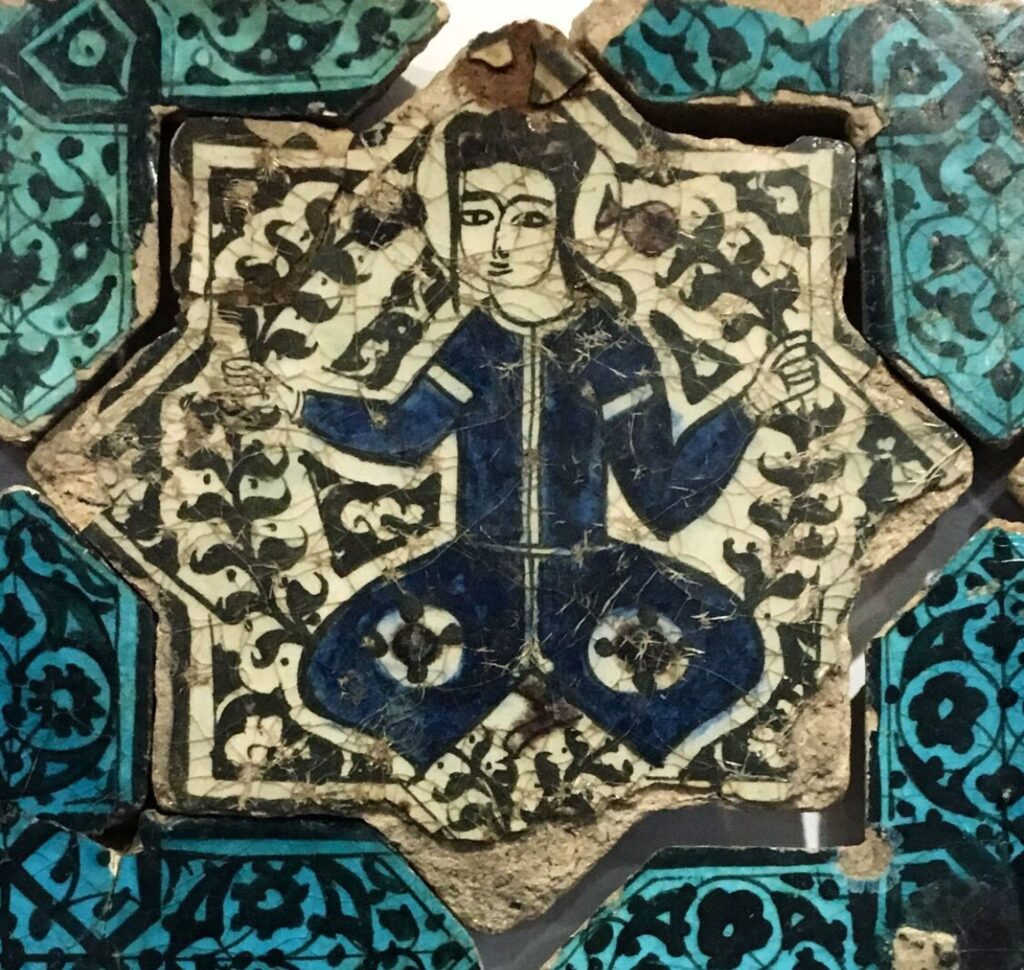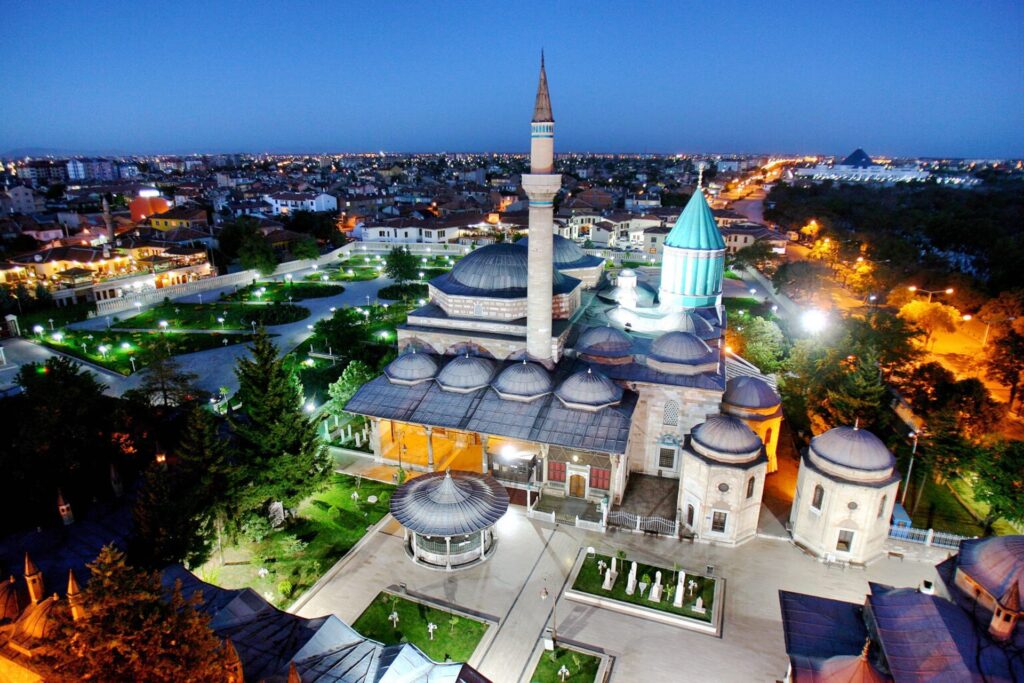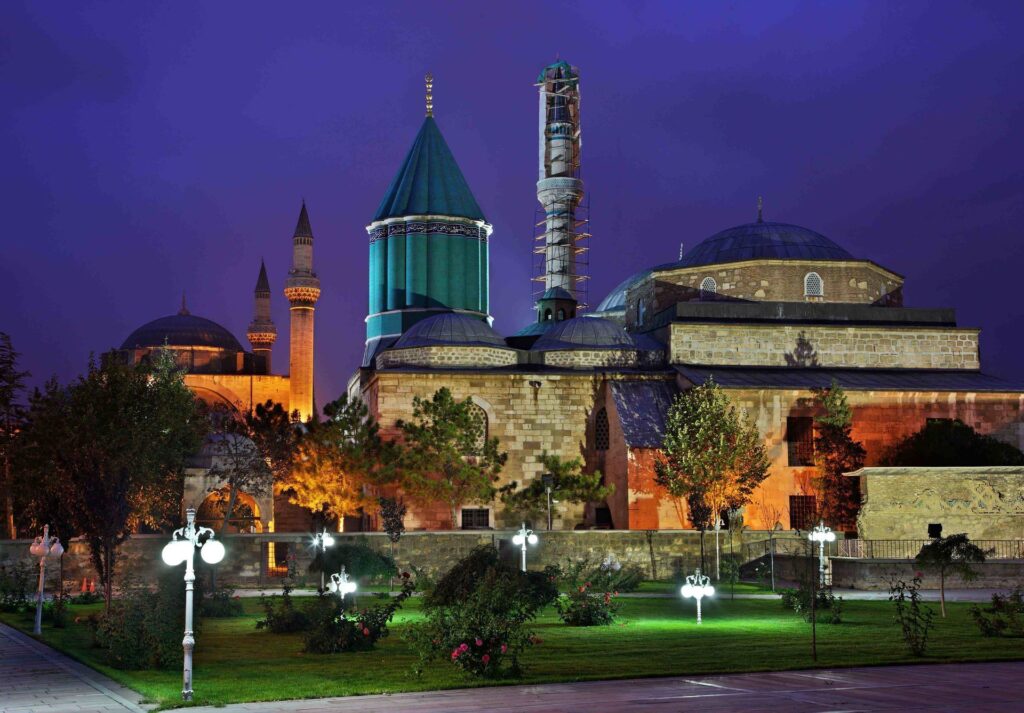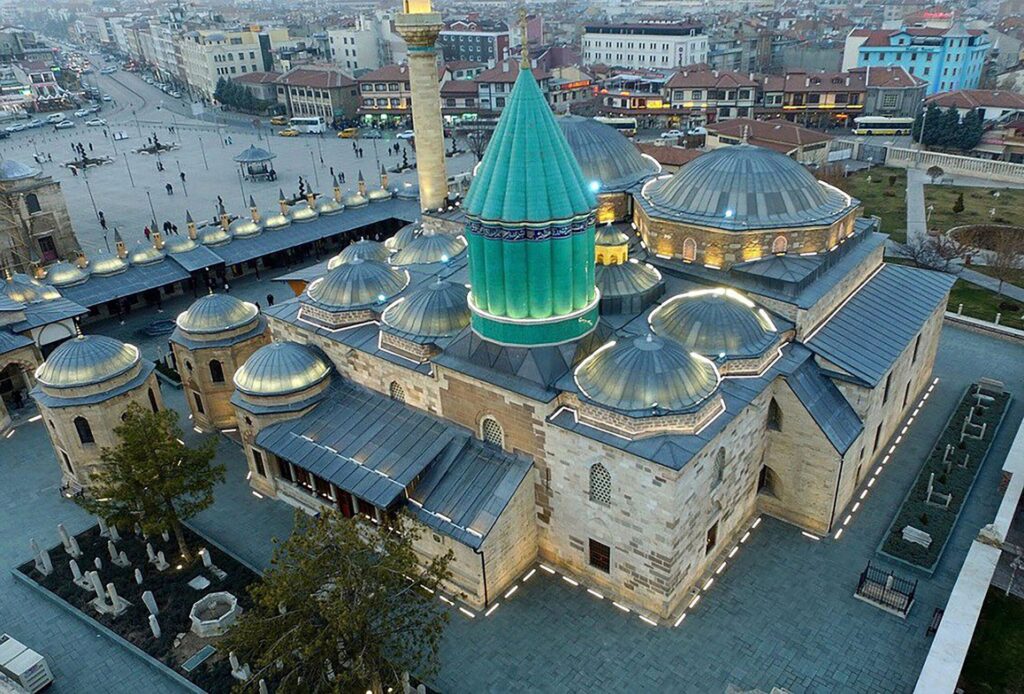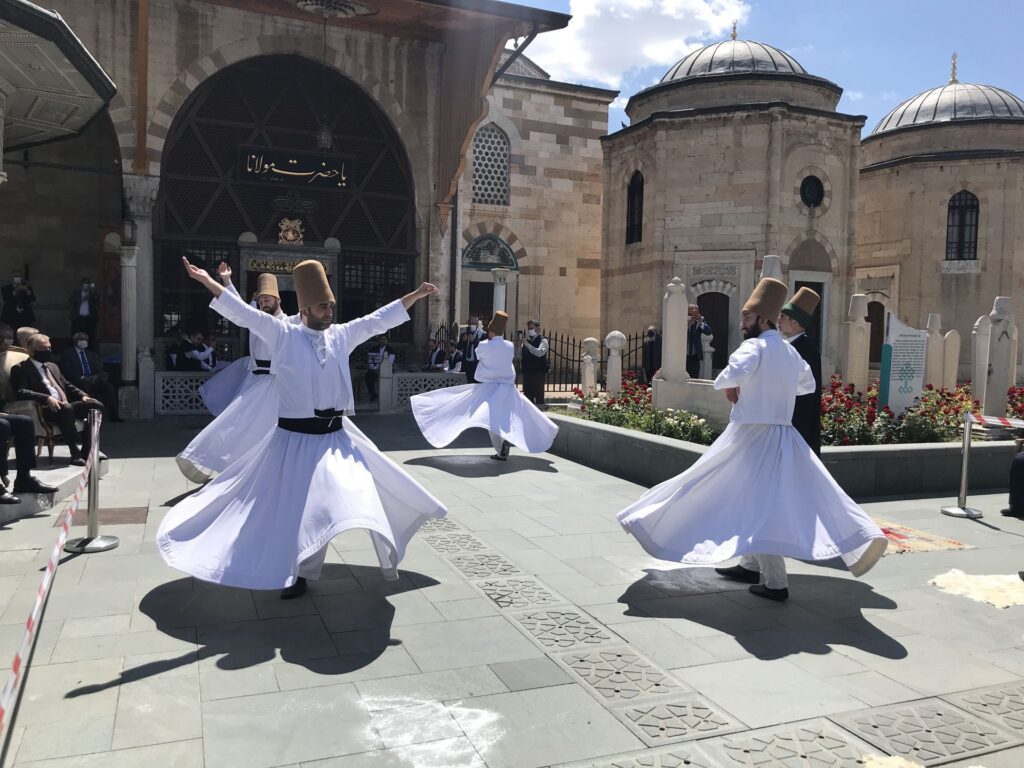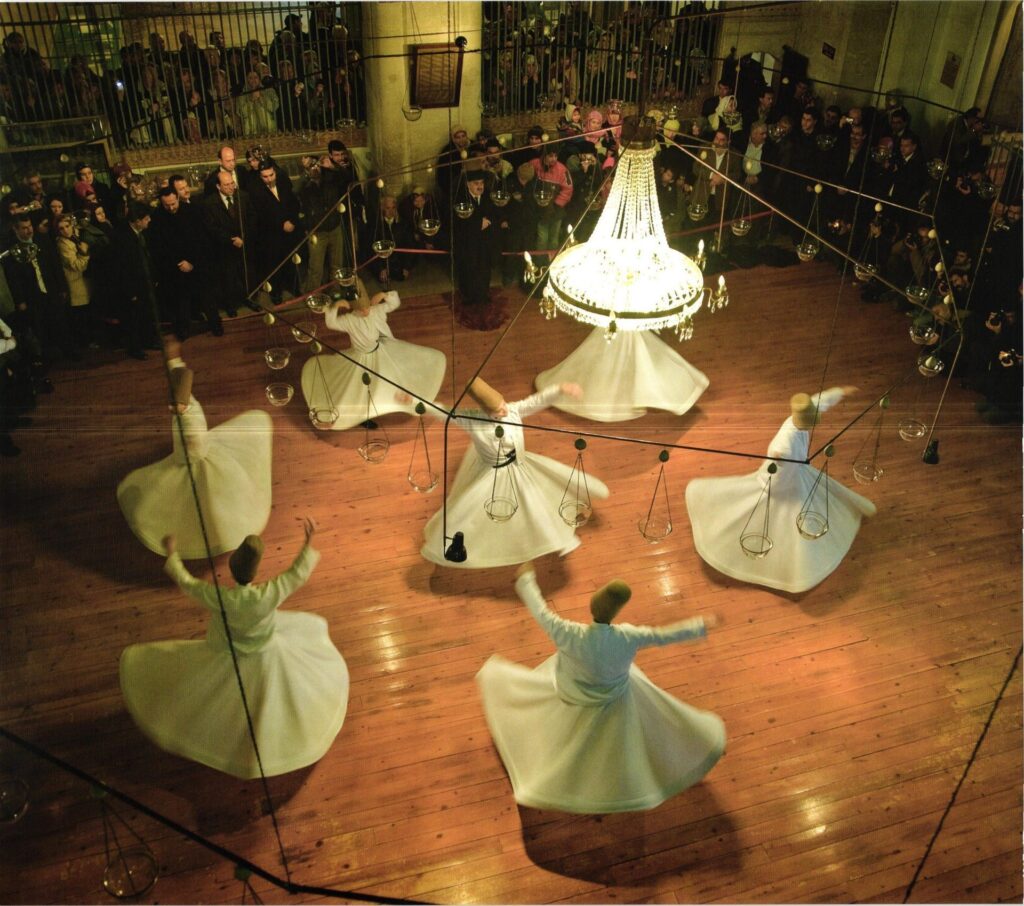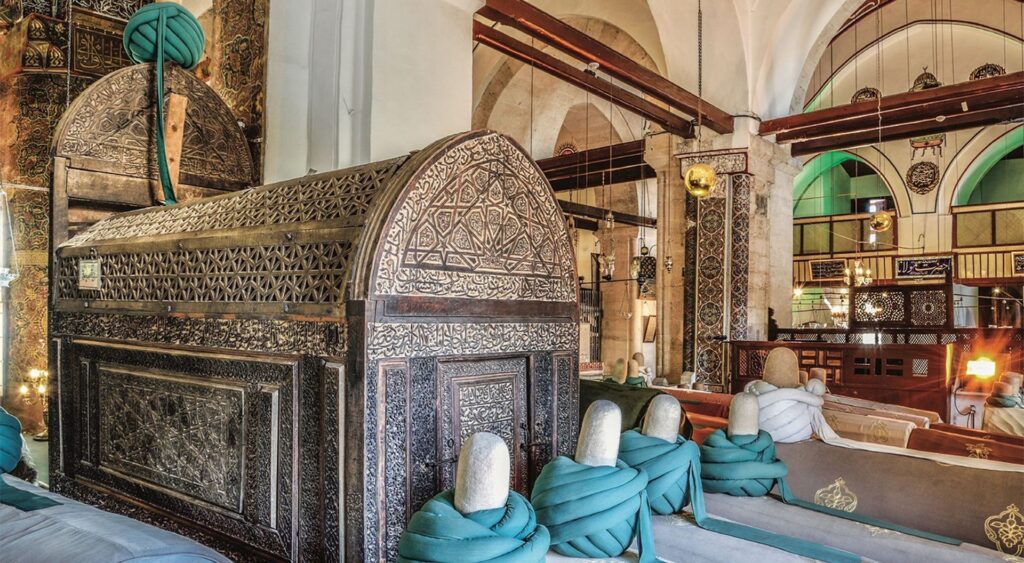KONYA “The City of the Whirling Dervishes”
There is a saying that almost everybody in Türkiye knows: Travel the world, see Konya!
Konya,located in the Central Anatolian Region, is the largest province in Türkiye in terms of geographical surface area. It has an area larger than many countries, with a surface area of 38,873 square kilometres. In terms of population, it is the seventh most populous city in the country. It is one of Türkiye’s oldest continuously inhabited cities and was known as Iconium in Roman times.
Konya, the place where the first known settlement, the first urbanization and the first animal domestication took place in the world, has been home to various civilizations since Çatalhöyük, one of the Neolithic Sites on the UNESCO World Heritage List.
As the capital of the Seljuk Turks from the 12th to the 13th centuries, it ranks as one of the great cultural centers of Türkiye. During that period of cultural, political and religious growth, the mystic Mevlana Celaleddin-i Rumi founded a Sufi order known in the West as the Whirling Dervishes.
One of the most economically developed cities in Türkiye, Konya attracts visitors with its amazing kitchen as well as its unique natural and historical richness. Etli Ekmek, a pizza-like dish, is one of the most famous dishes of Turkish cuisine. Its homeland and the best place to taste it is Konya.
Because its location on a flat plateau in the middle of the country, transportation to Konya is very easy from all parts of the country.
Mevlevi Sema Ceremony
Mevlevi Sema Ceremony is a mystical ceremony with religious elements, themes and detailed rules. The Sema Ceremony is performed with traditional Mevlevi music in places where the Mevlevi culture can be accurately conveyed. Mevlevi Sema Ceremony is on the Representative List of the Intangible Cultural Heritage of Humanity since 2008.
TheMevlevi culture is an ascetic Sufi order founded in 1273 in Konya, from where it gradually spread throughout the Ottoman Empire. Today, it can be found in many Turkish communities throughout the world, but the most active and famous center of the order’s activity is in Konya.
The Mevlevi culture is renowned for their Whirling Dervishes. Everything rotates in the universe. The Earth and the planets revolve around itself and around the sun, like the electrons in the atoms, the rotation of blood in the body, the return of living things from the earth to the earth. For this reason, Mevlevi Dervishes whirl with the love of God.
At the Sema Ceremony, following a recommended fast of several hours, with the Mevlevi music performed with the Ney (reed flute), the Mevlevi Dervishes in specific and traditional costume begin to rotate on their left feet in short twists, using the right foot to drive their bodies around the left foot. The body of the whirler is meant to be supple, with eyes open but unfocused so that images become blurred and flowing.
Every year during the first half of December, Şeb-i Arus (Wedding Night) ceremonyheld in commemoration of Mevlana Celaleddin-i Rumi, with Mevlevi Sema Ceremony creating a fascinating performance for the viewer.
Neolithic Site of Çatalhöyük
Çatalhöyük is renowned as one of the earliest settlements of the Neolithic era, shedding light on the dawn of human settlement with unique examples of the earliest domestic architecture and landscape painting as well as sacred objects of the mother-goddess cult.
The place where the first known settlement, the first urbanization and the first animal domestication took place in the world is Neolithic Sites of Çatalhöyük. It is on the UNESCO World Heritage List since 2012.
The site has extraordinary arts and crafts, with the earliest finds dating from 7400 BCE, and it has been an important key to unlocking the mysteries of the beginnings of agriculture and civilization. The social organization of the Neolithic site of Çatalhöyük and its urban plan are believed to represent the ideals of equality.
The tumulus shows that the history of mining in Anatolia dates back to the Neolithic era and provides ample evidence that people were involved in agriculture as well as hunting and gathering at that time. Çatalhöyük is also the first site in the world where a city plan is depicted in wall paintings. Baked clay seals from the site show that the concept of property ownership developed in that era.

